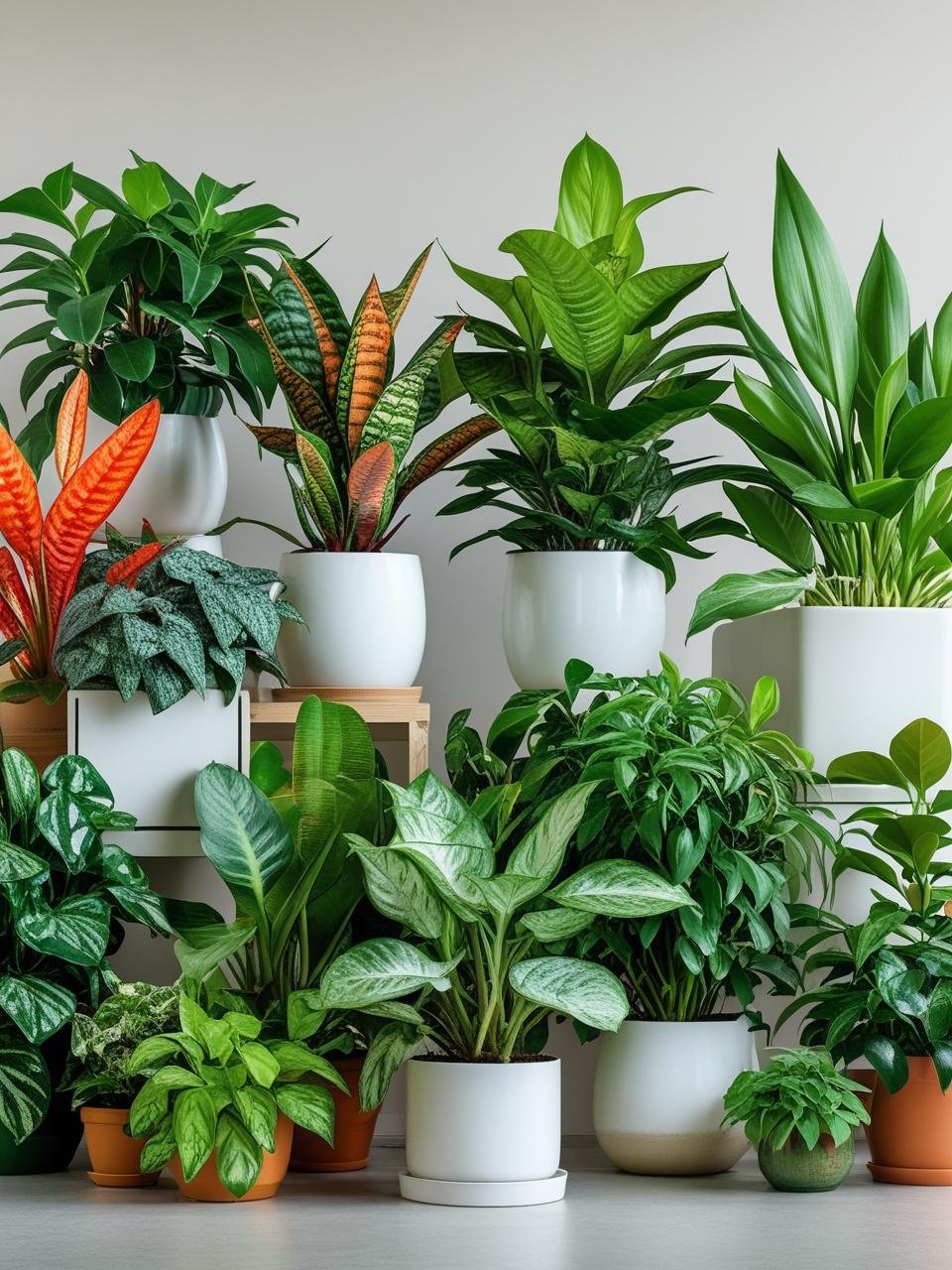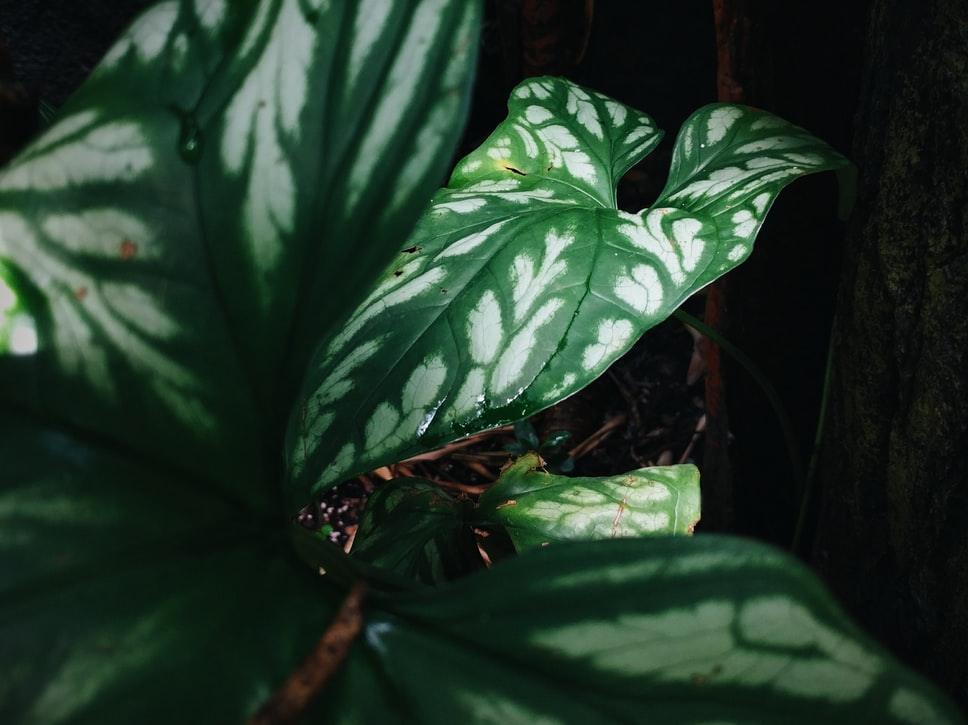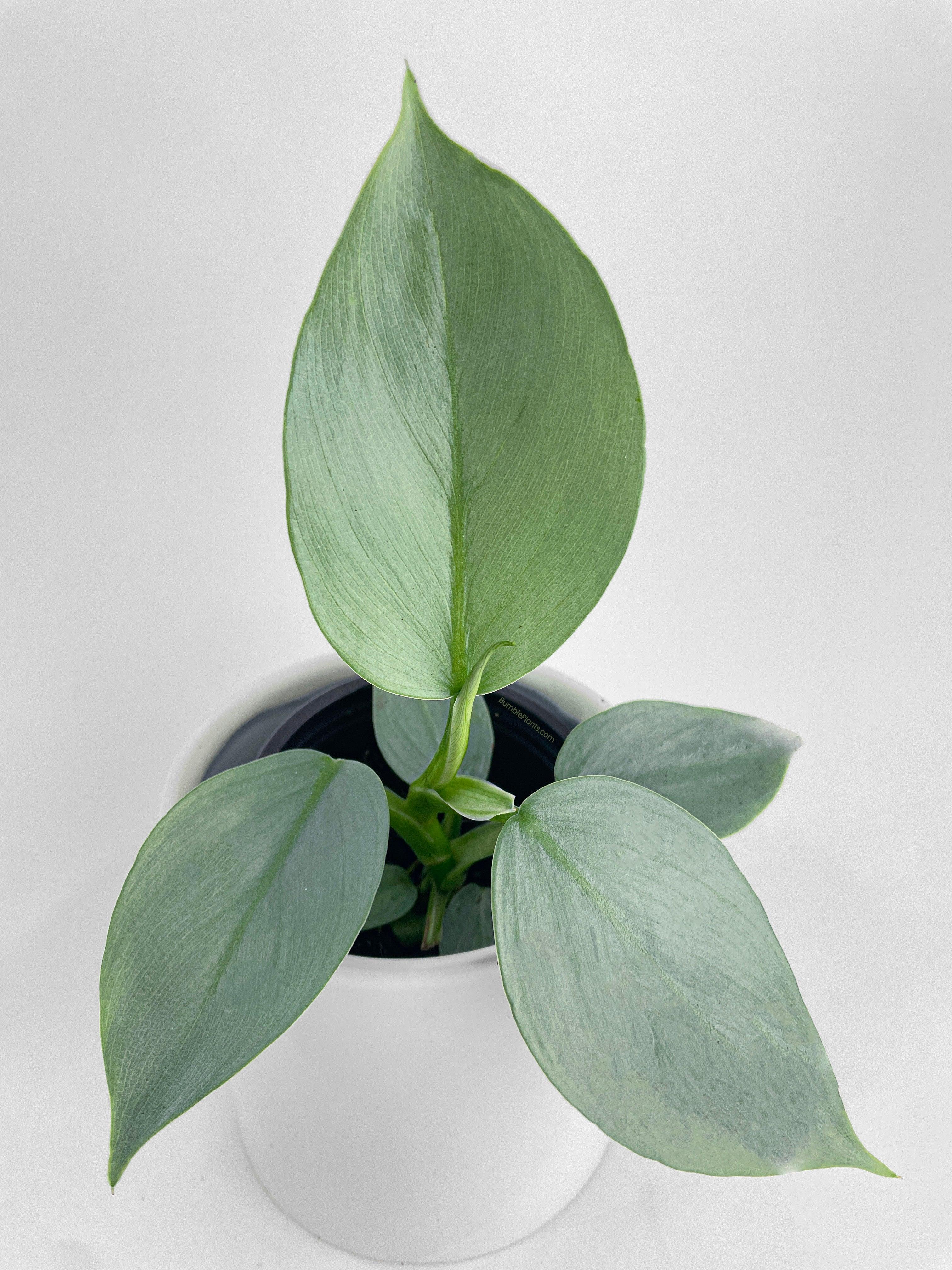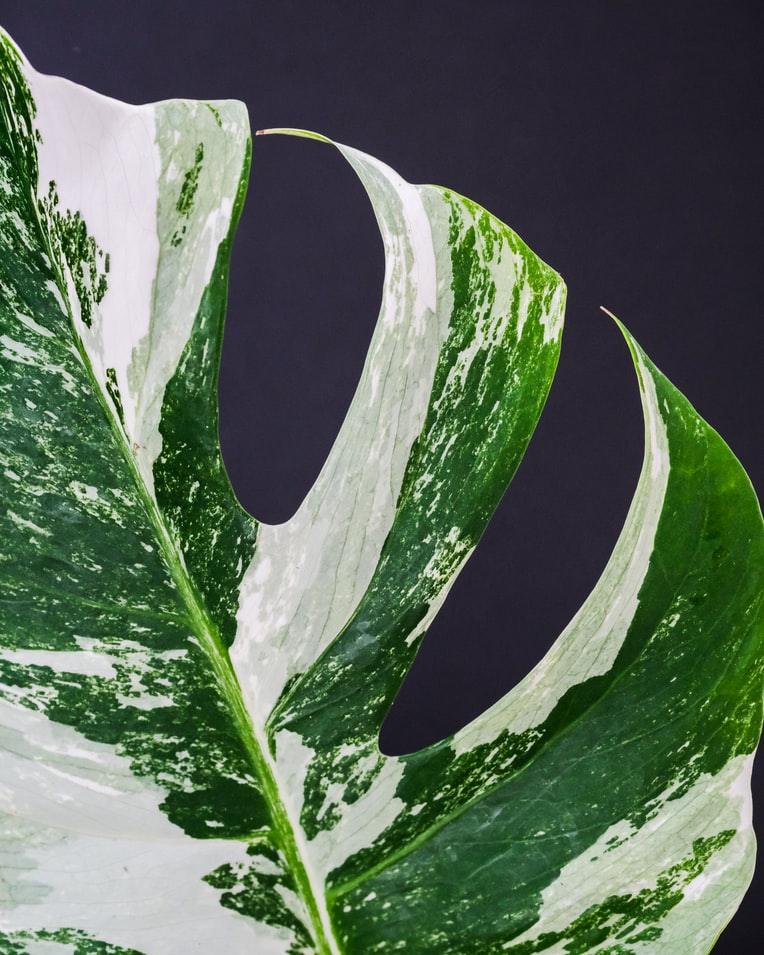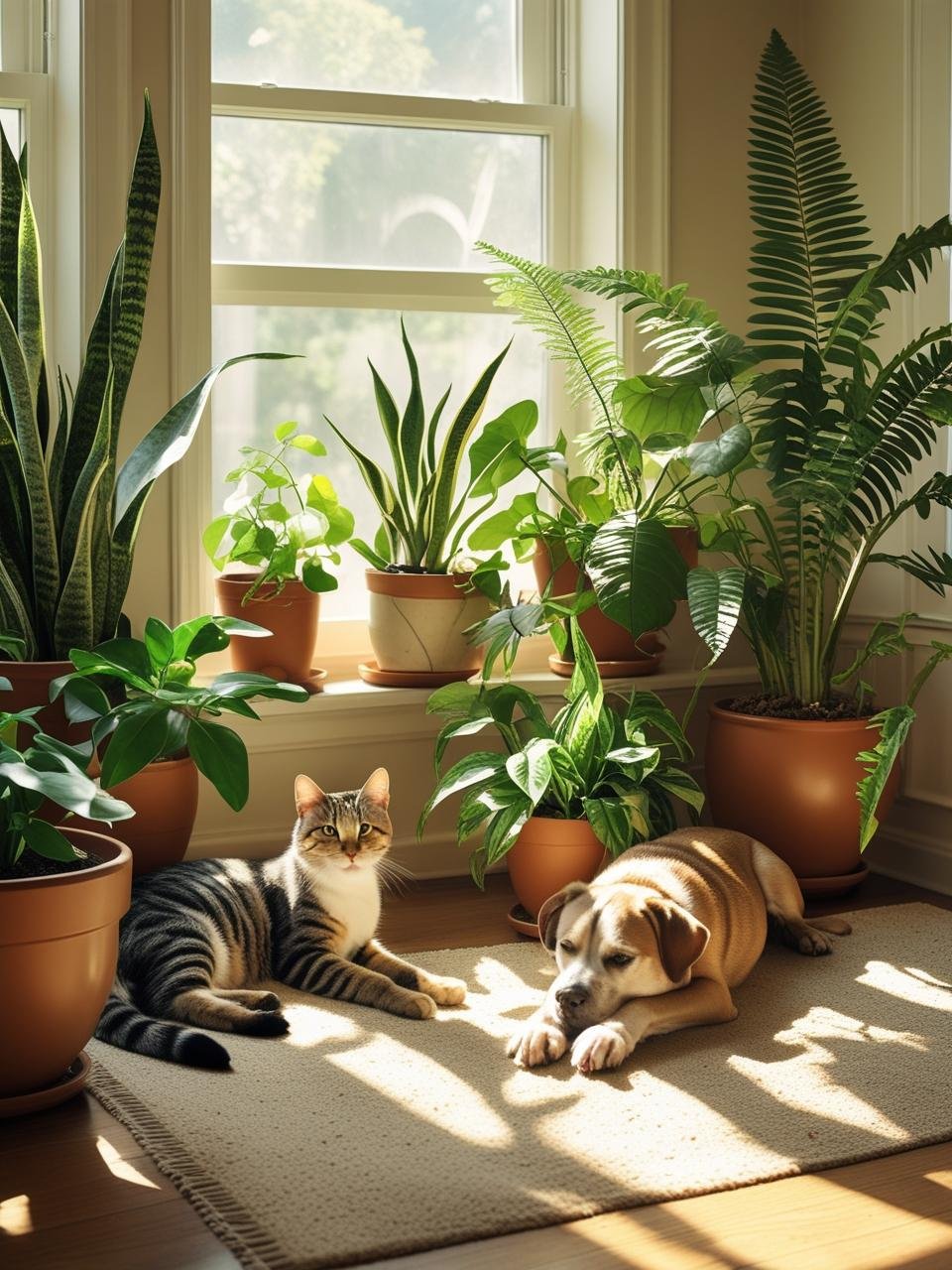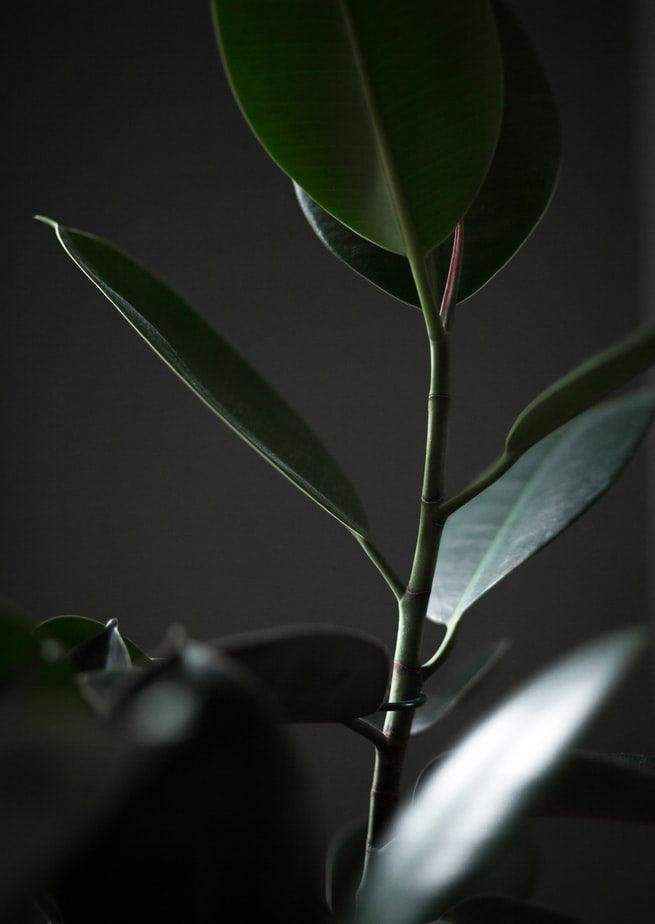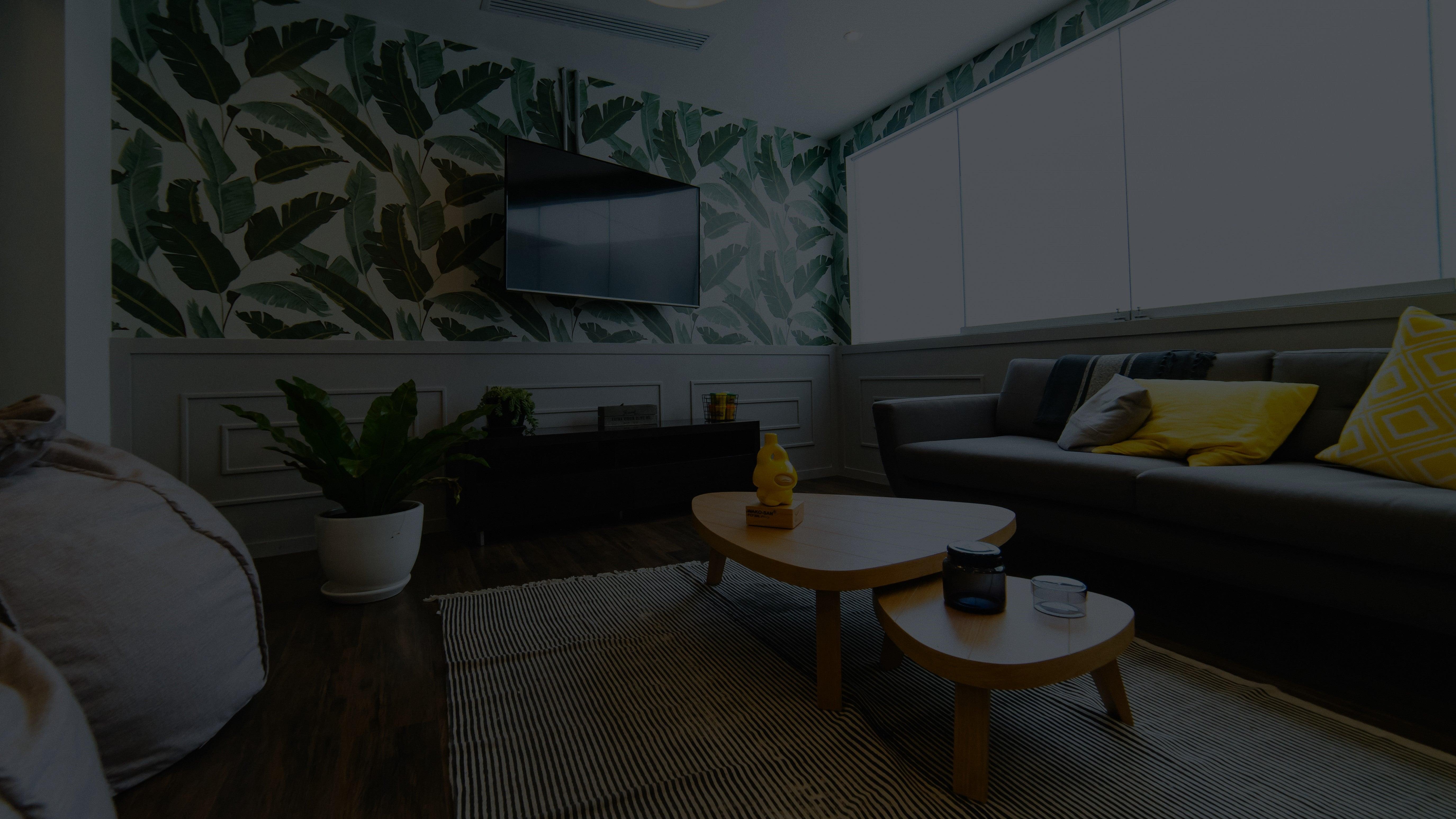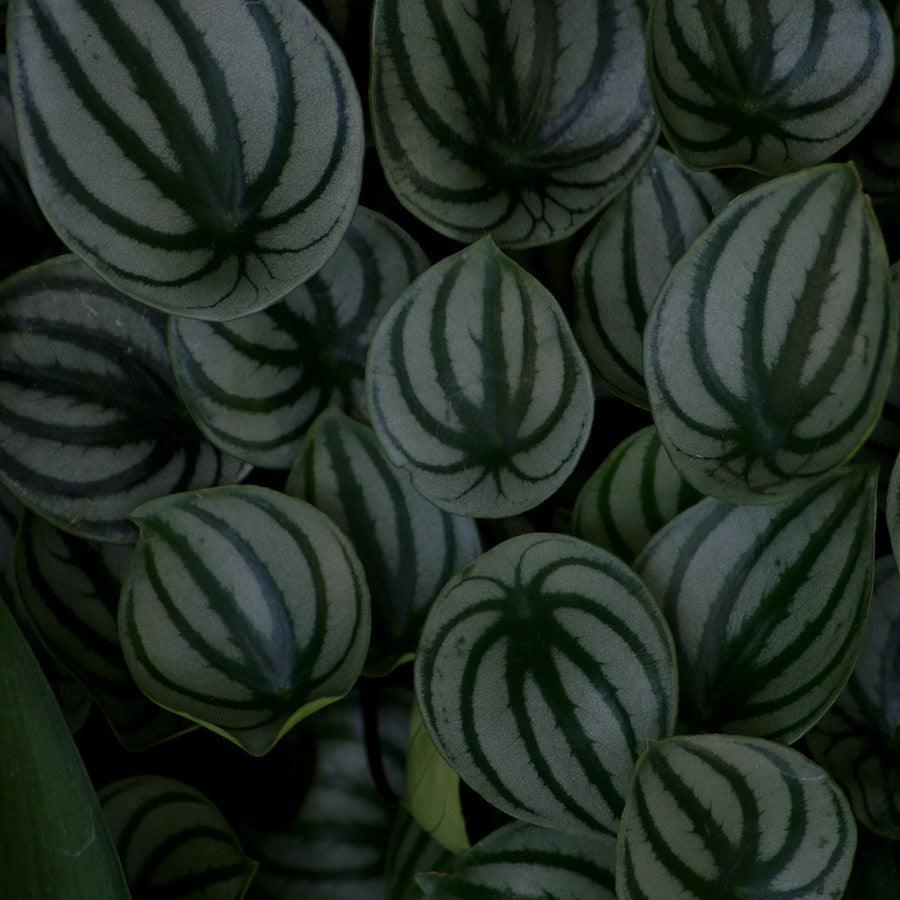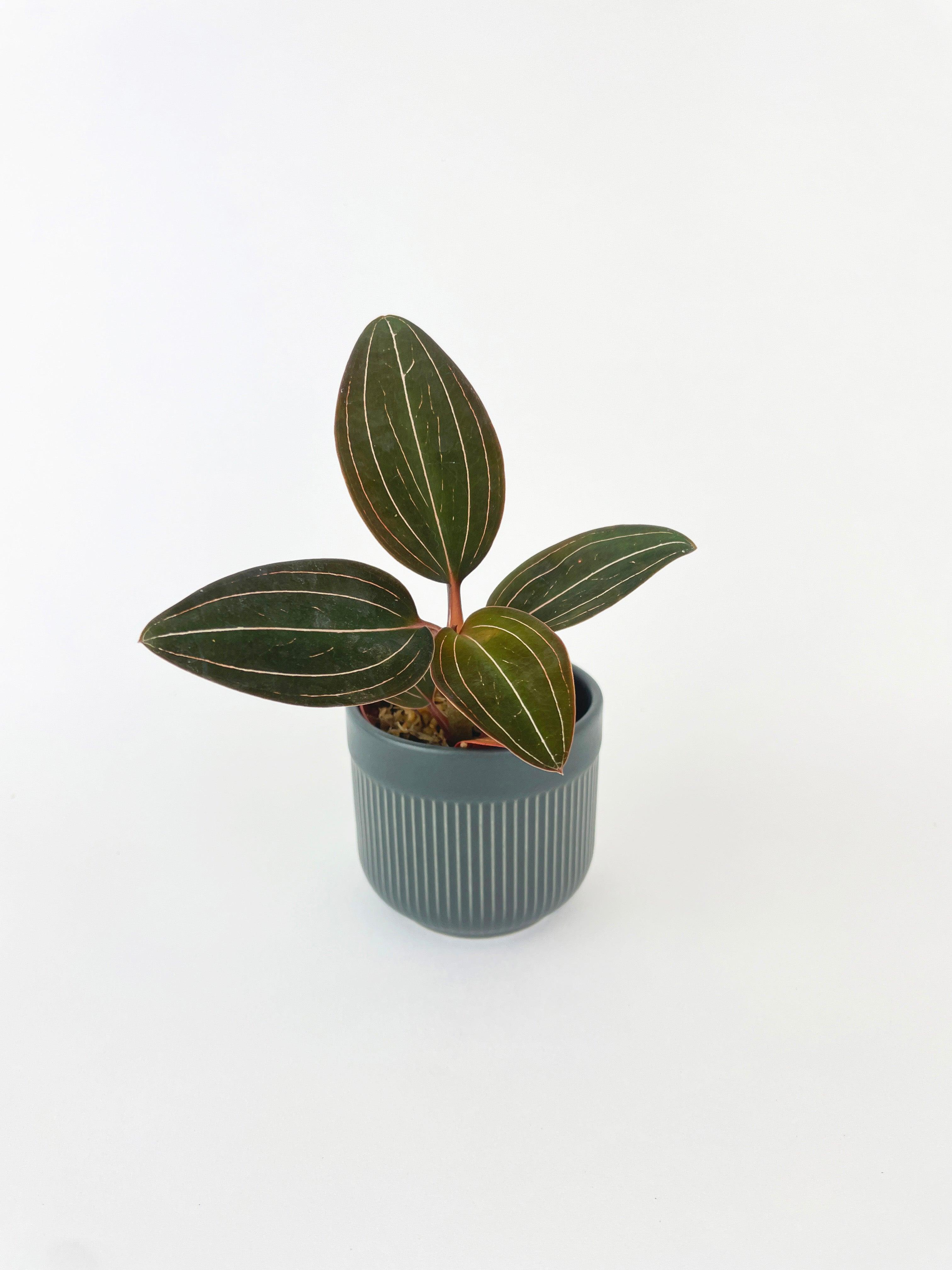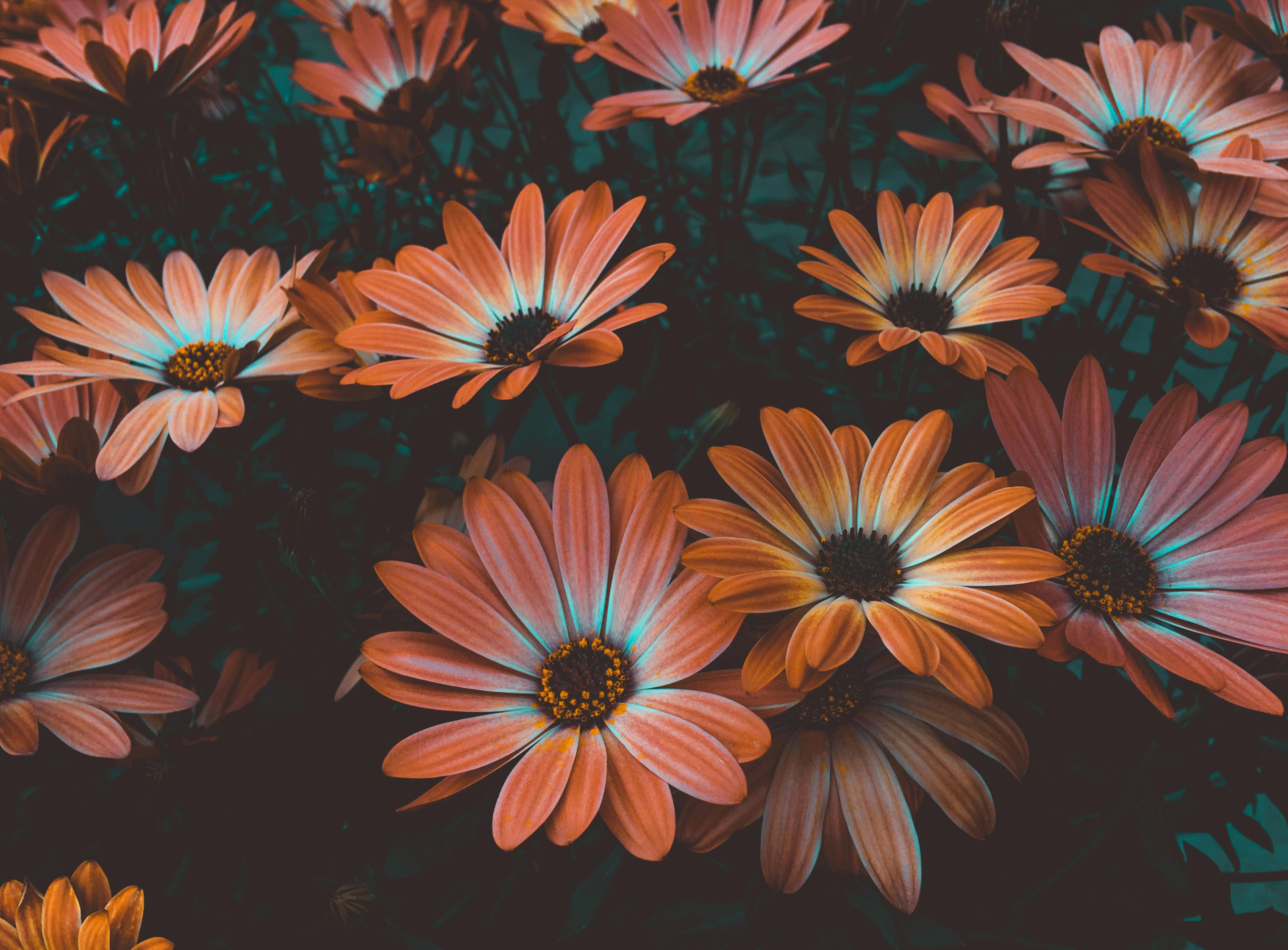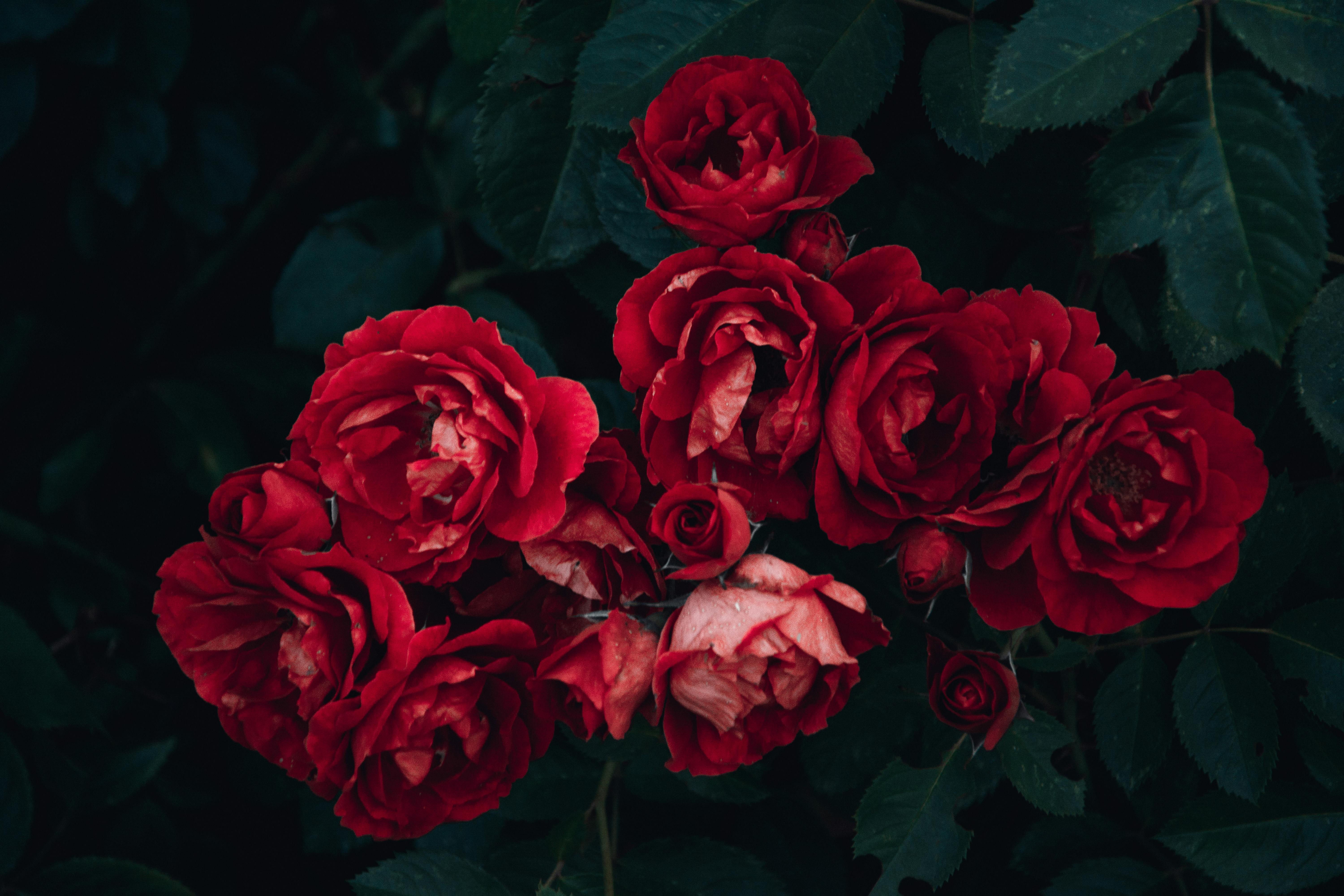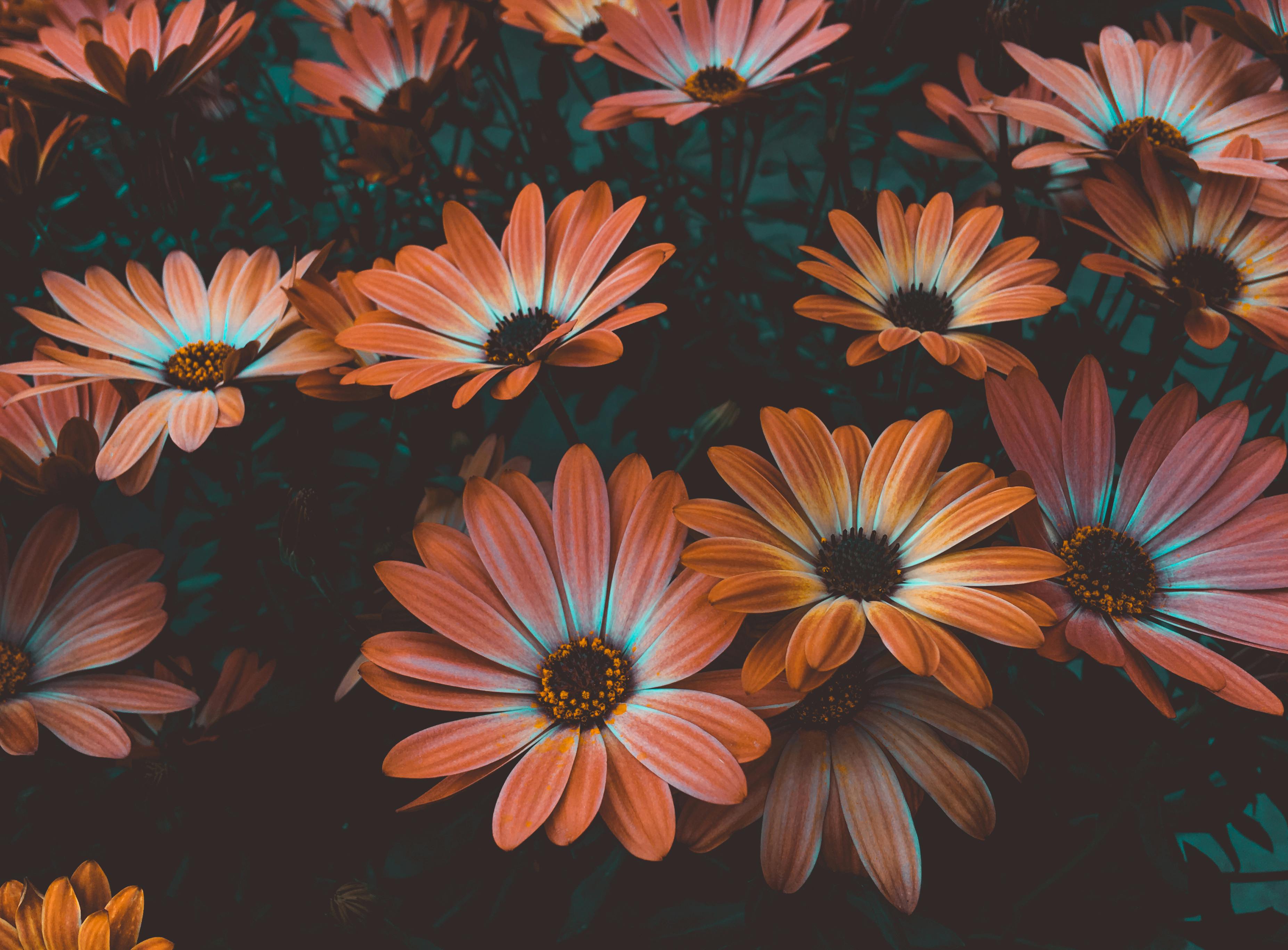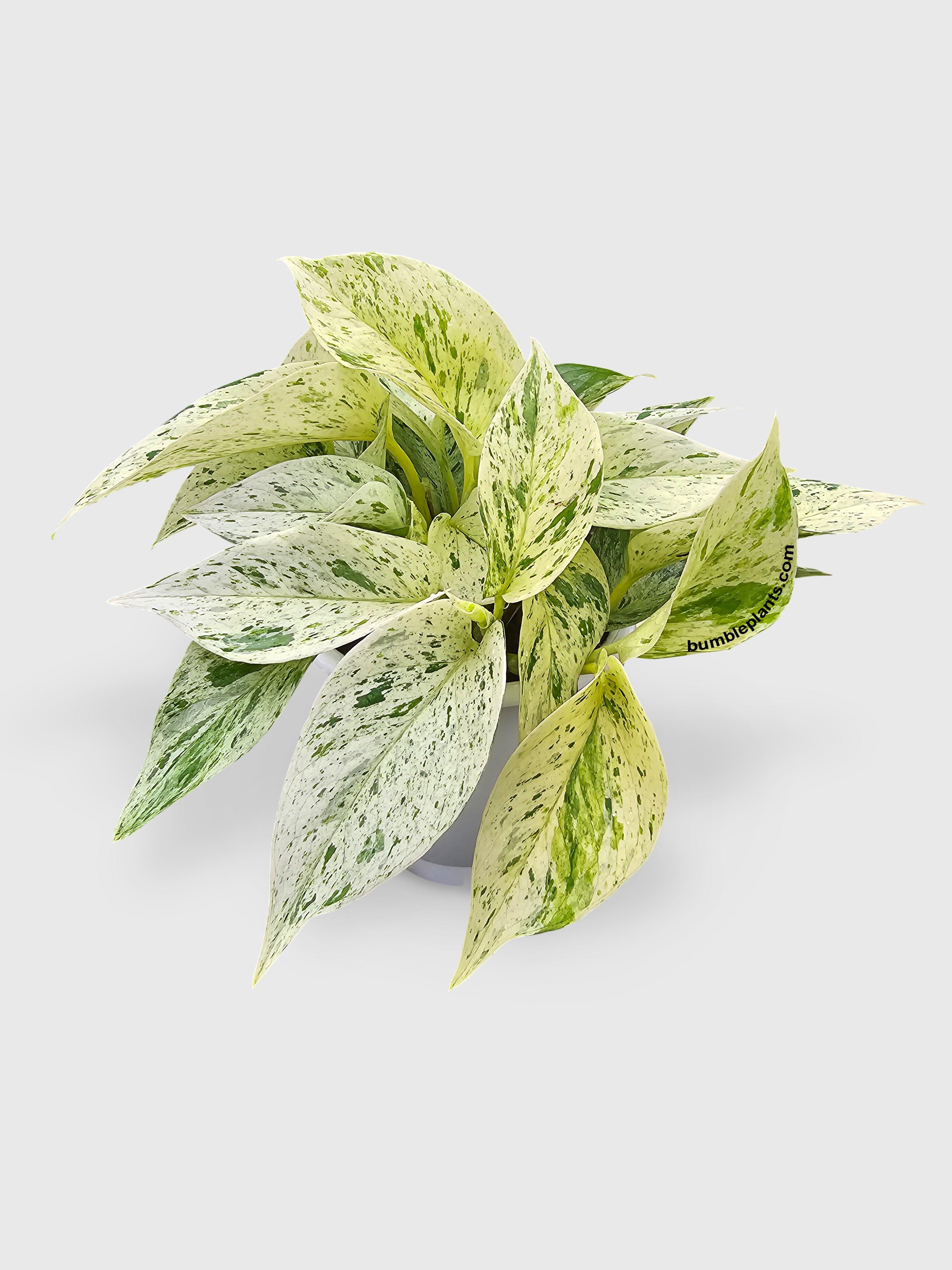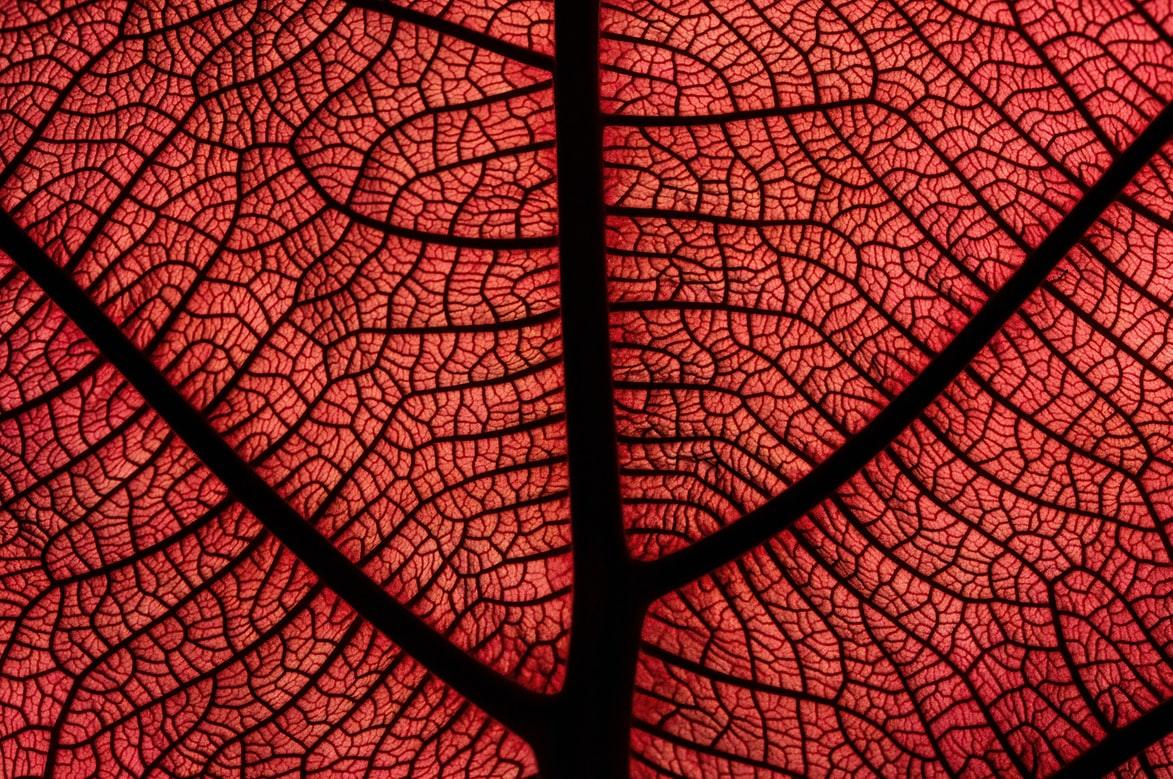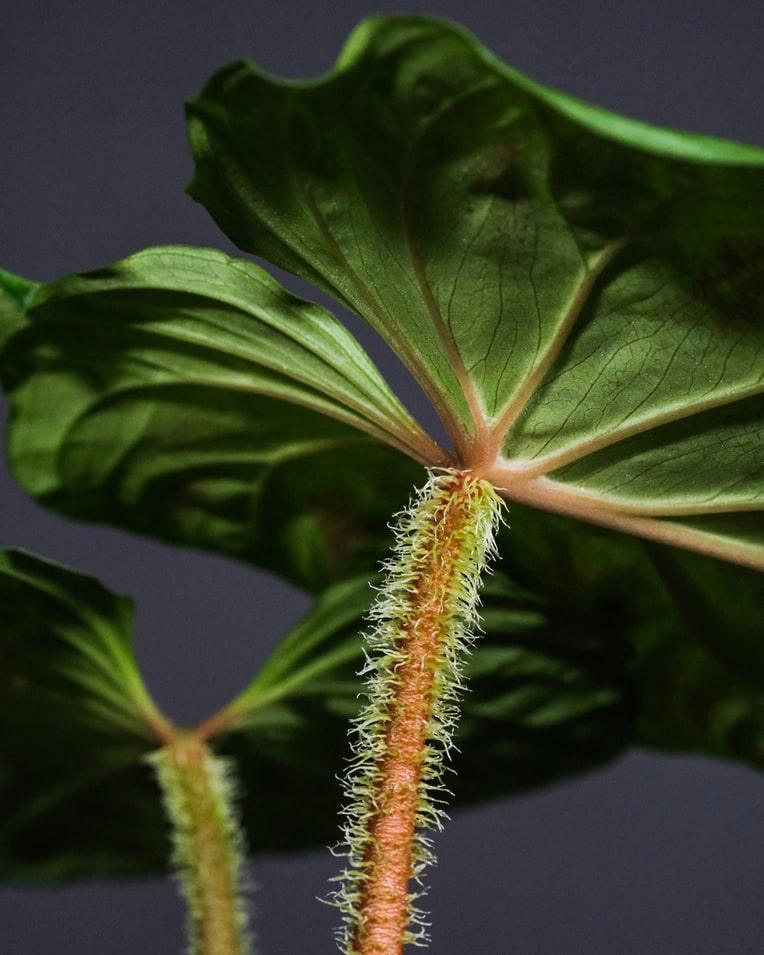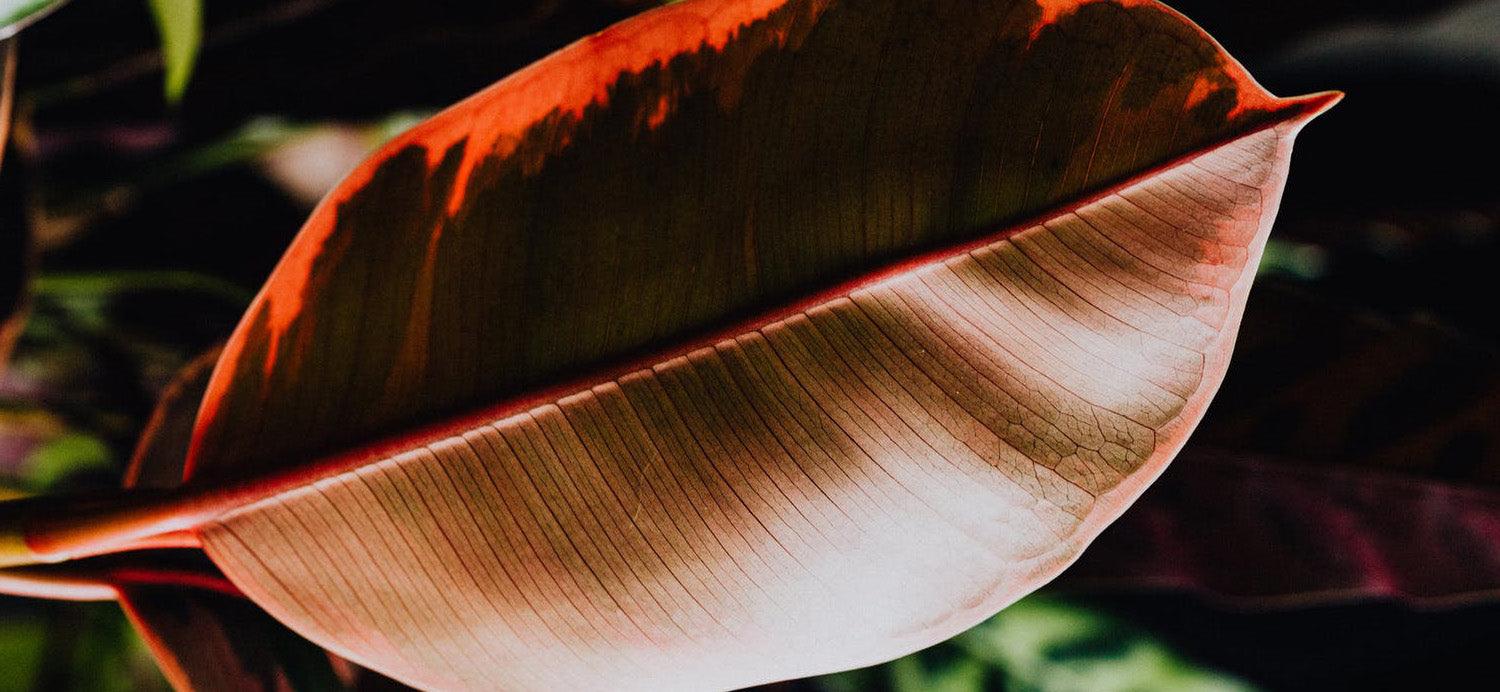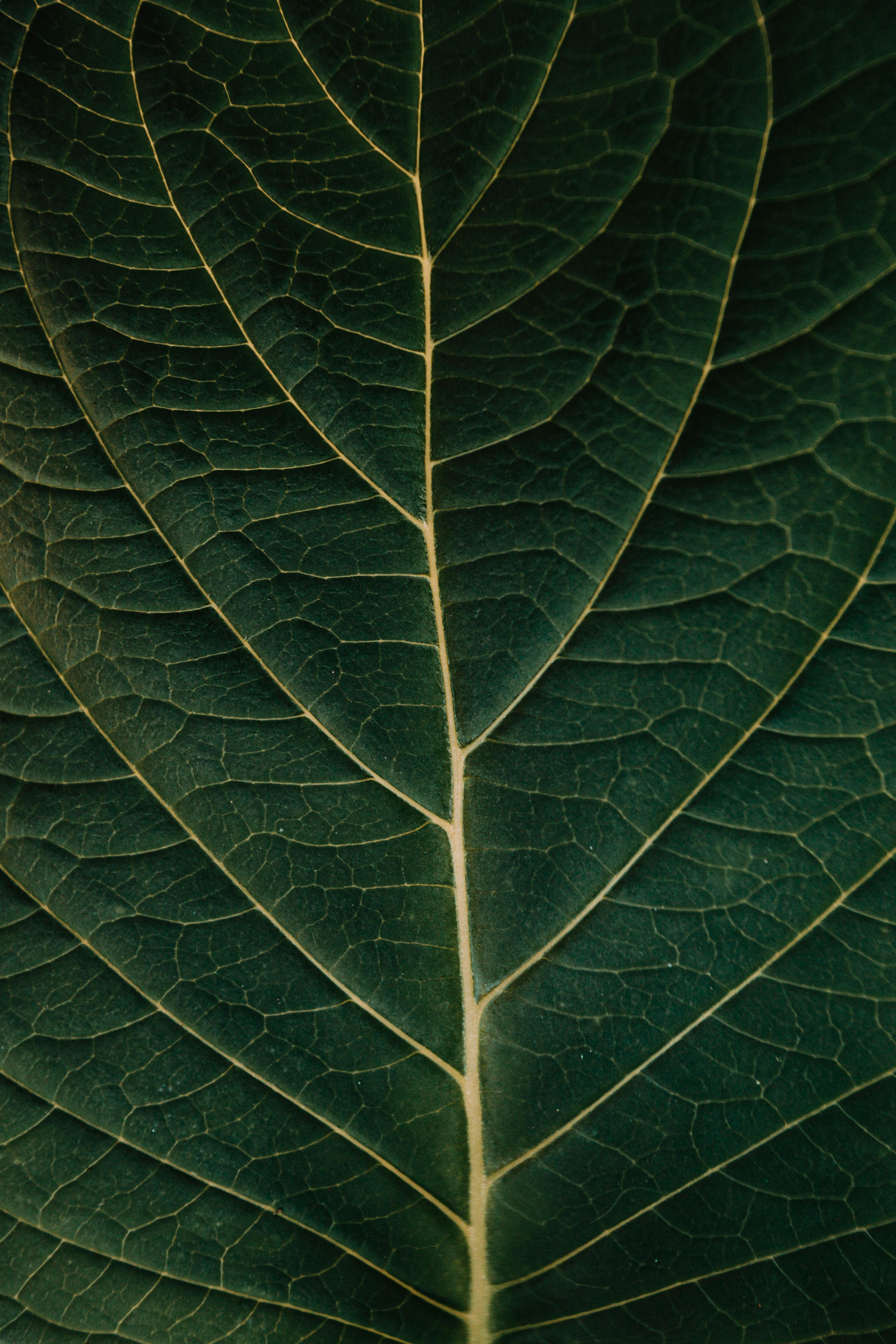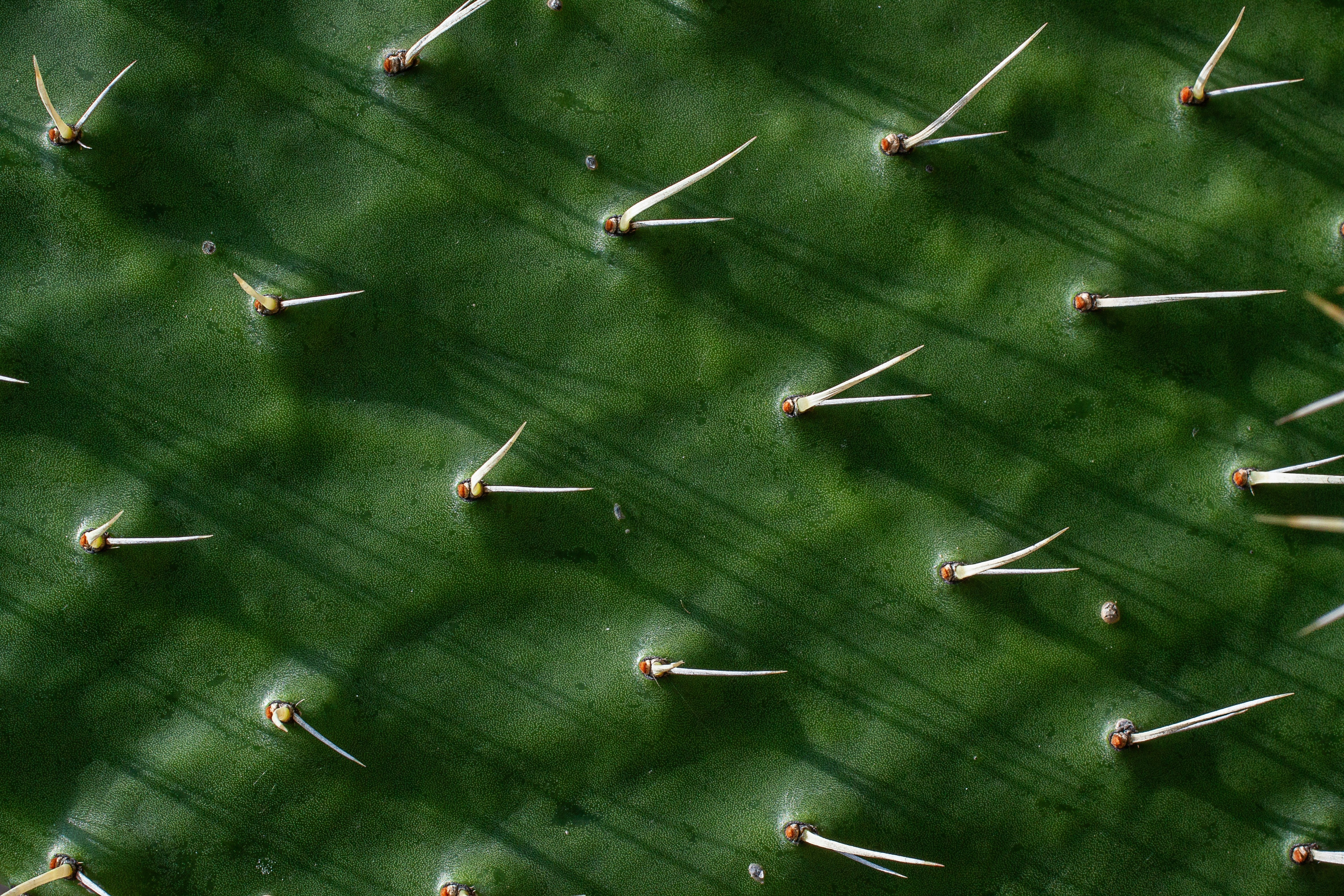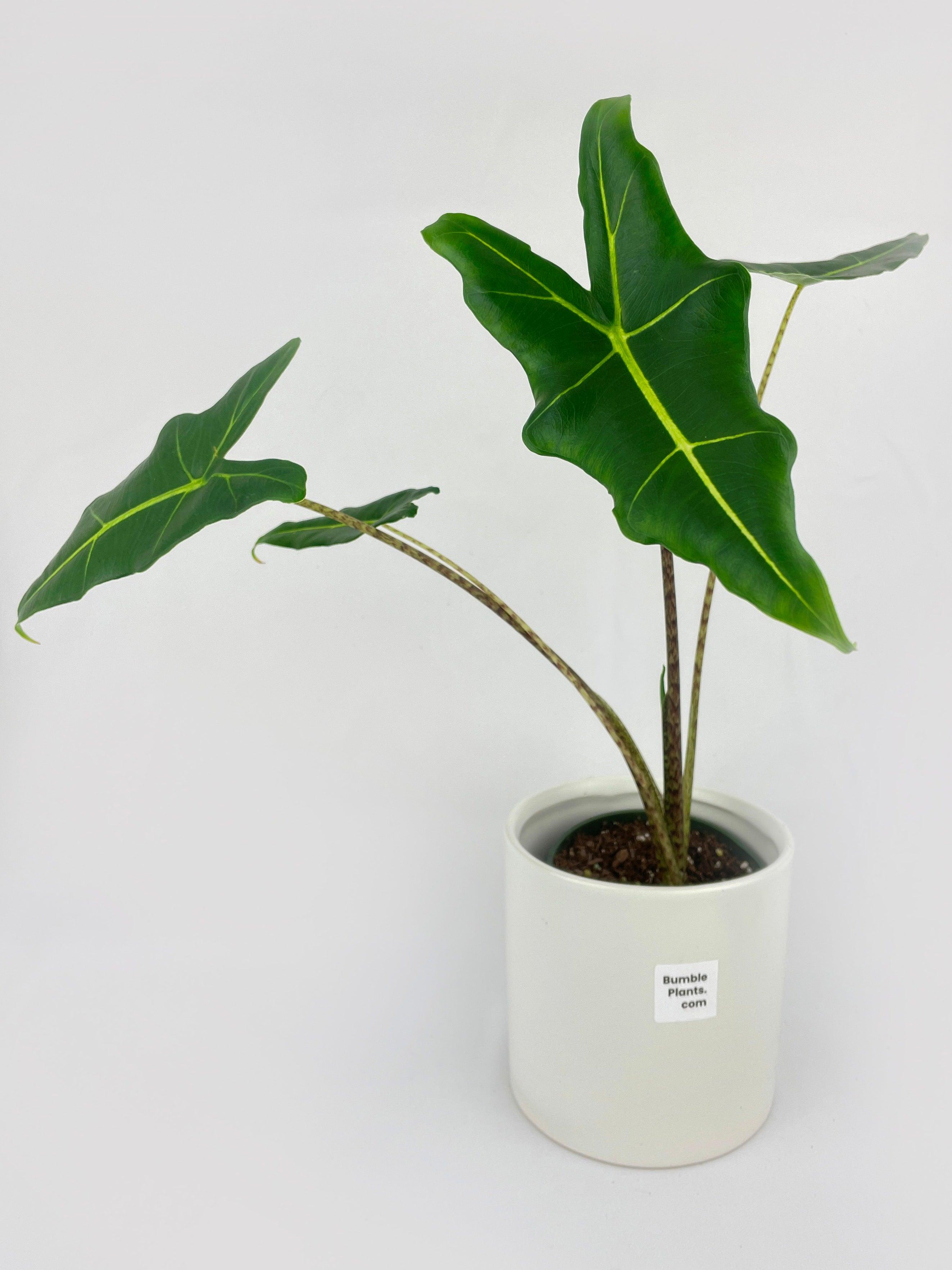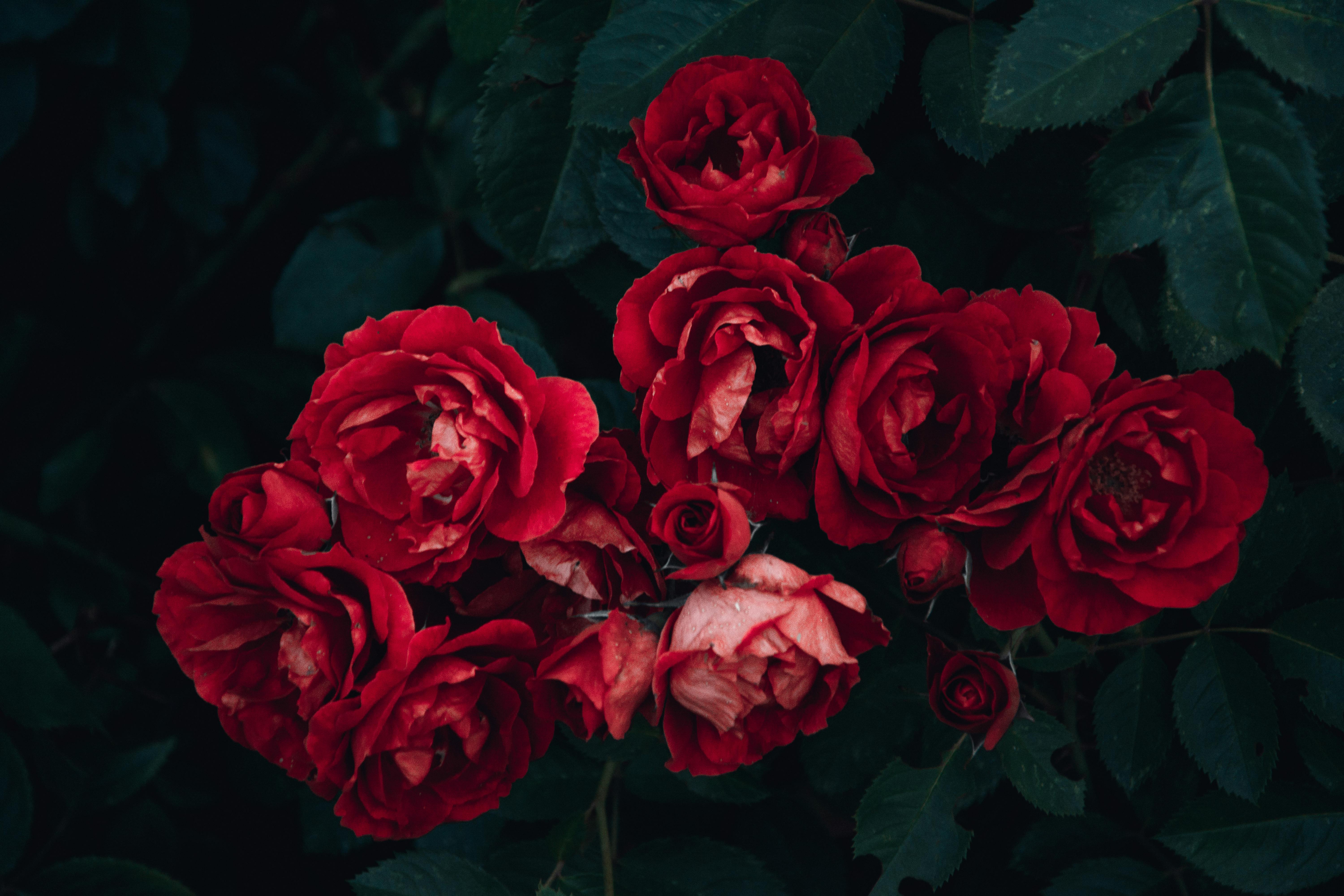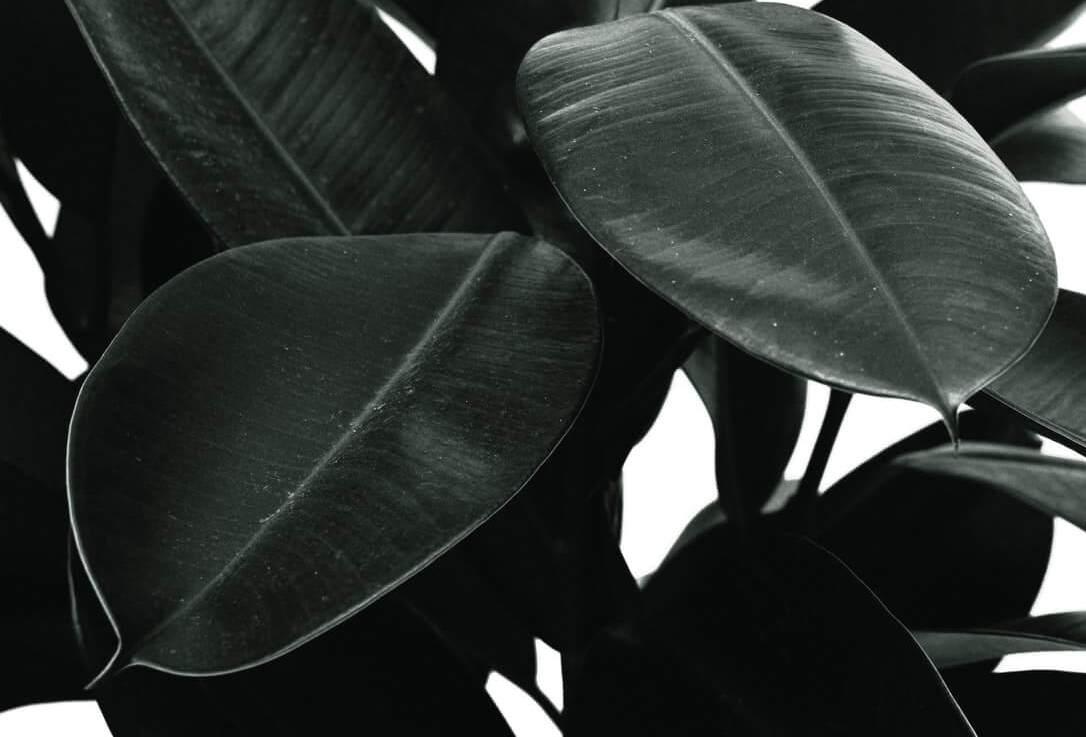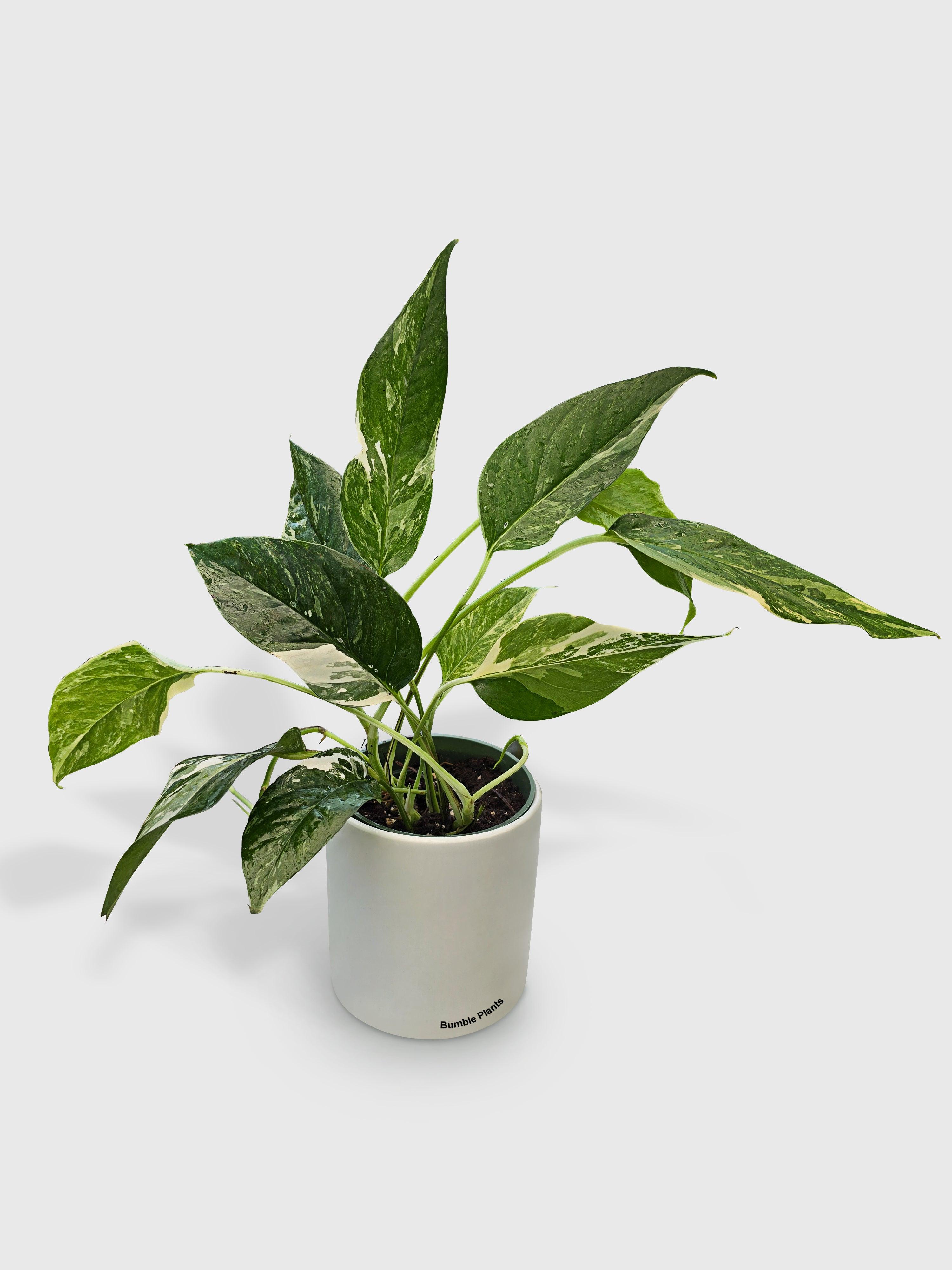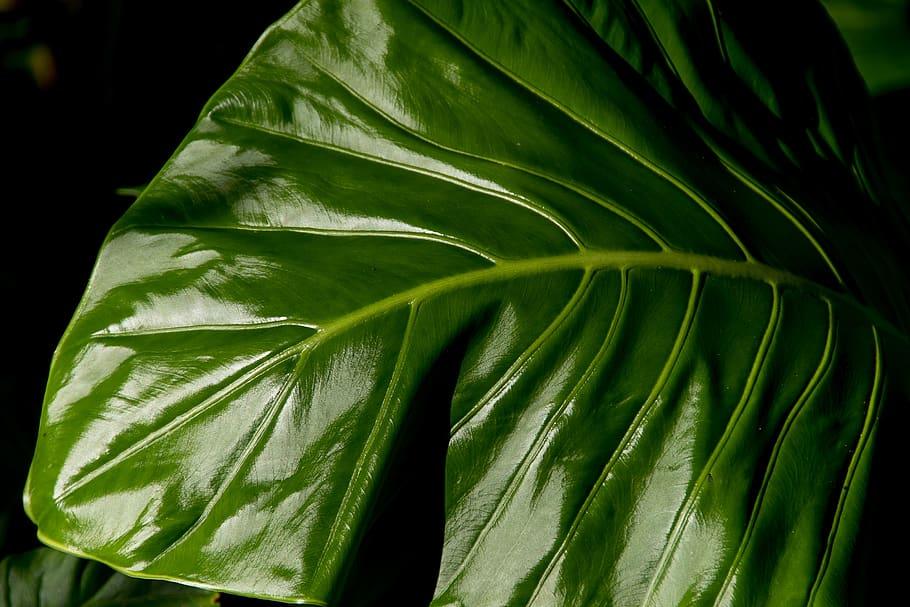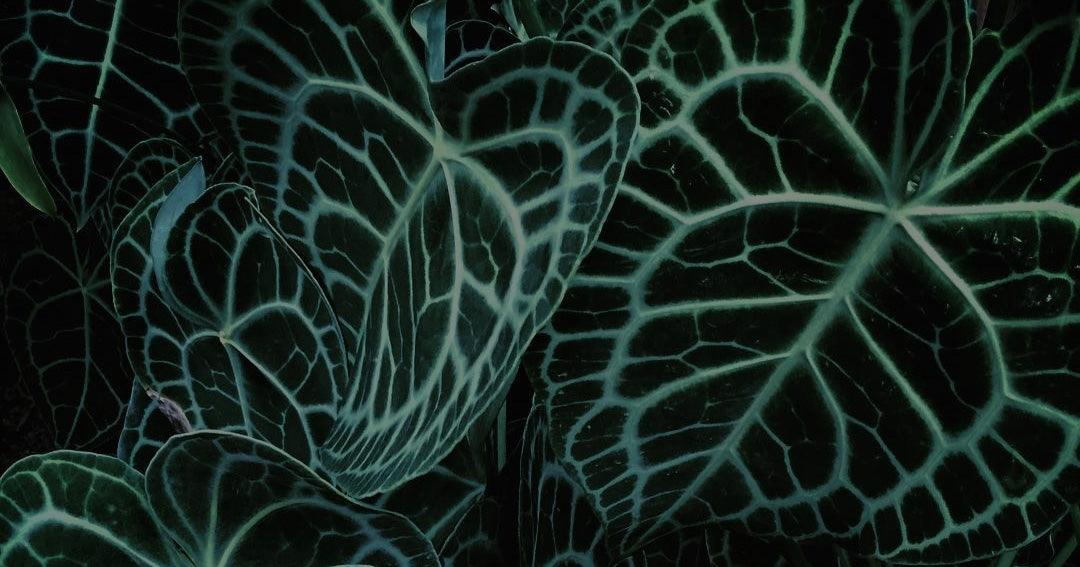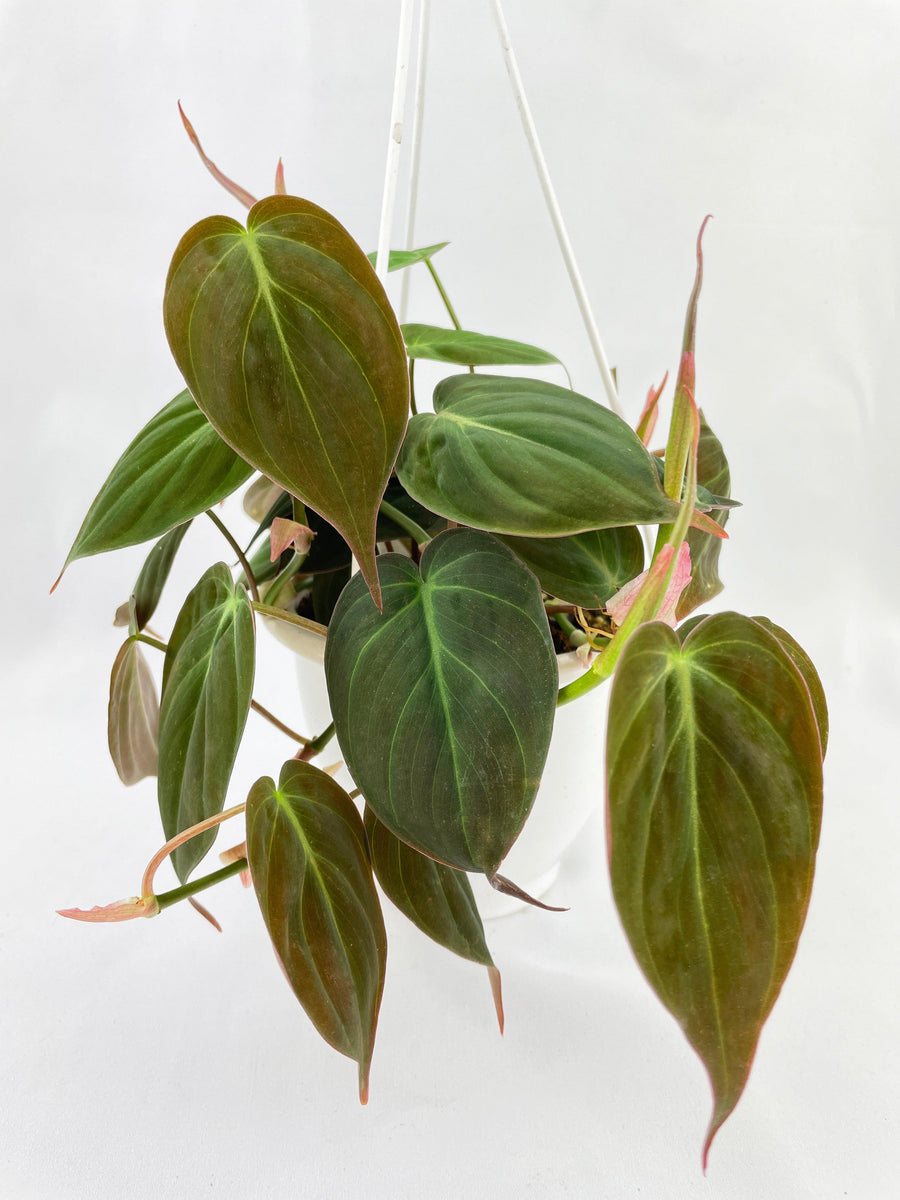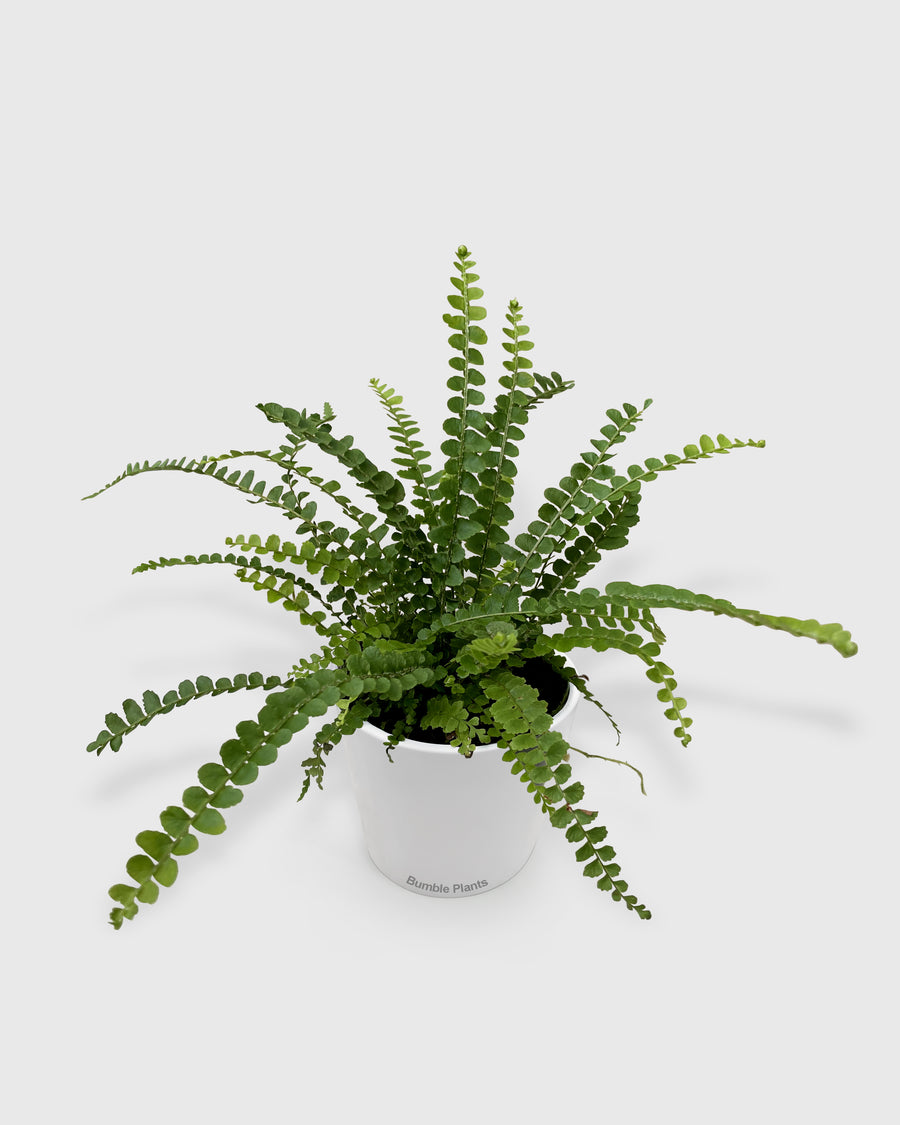Indoor Trees Essential Care Tips for Healthy and Happy Plants
Houseplants are fantastic, but wouldn't it be amazing to bring the majesty of towering trees right into your home? Indoor trees add a whole new dimension to your space, transforming it into a vibrant green oasis. They create a sense of calm and serenity, and many varieties can also help purify the air you breathe.
This comprehensive guide from Bumble Plants will be your one-stop shop for everything you need to know about keeping indoor trees happy and healthy. We'll cover everything from selecting the perfect tree for your space to mastering the art of watering and providing the right kind of light. Get ready to transform your home environment with the beauty and benefits of indoor trees!
Unveiling the Perfect Indoor Tree for You
Choosing the ideal indoor tree for your home is the first exciting step! With a wide variety of stunning options available, you're sure to find the perfect green companion to complement your space and style.
Popular Indoor Tree Varieties
The world of indoor trees offers something for everyone! Whether you crave the classic elegance of a Fiddle Leaf Fig or the vibrant colors of a Croton, there's a tree out there waiting to bring its unique charm to your home.
Here's a peek at some popular and beloved indoor tree varieties to inspire you:
Fiddle Leaf Fig: This trendy tree boasts large, glossy leaves that add a touch of sophistication to any room.
Snake Plant: A low-maintenance champion, it is known for its air-purifying properties and architectural good looks.
Rubber Tree: This resilient tree thrives in various lighting conditions and offers beautiful, deep green foliage.
Croton: If you love a pop of color, the Croton stuns with its vibrantly variegated leaves.
Norfolk Island Pine: Looking for a festive touch? The Norfolk Island Pine offers a touch of whimsy with its symmetrical, pine-like branches.
Of course, this is just a starting point. Throughout this guide, we'll explore many more indoor tree options.
Considerations for Your Space
Once you've narrowed down your favorite indoor tree varieties, it's time to consider how it will fit into your living space. Here are some key factors to keep in mind:
Available Space: Think about the mature height and width of the tree to ensure it won't overwhelm your room.
Light Conditions: Different trees have varying light requirements, so consider the natural light your space receives. We'll delve deeper into light needs in a later section.
Desired Aesthetic: Do you want a statement piece or something more subtle? Consider the overall look you're aiming for when choosing your tree.
Essential Care for Indoor Tree Success
Just like any living thing, your indoor tree needs some TLC to flourish. The good news is, with a few key practices, you can provide the perfect environment for your leafy friend to thrive.
Lighting Up Their Lives
Light is essential for all plants, and indoor trees are no exception. The amount of light a tree needs will vary depending on the specific species. Some varieties, like the Snake Plant, are happy with lower light levels, while others, like the Fiddle Leaf Fig, prefer bright, indirect sunlight.
Here's a quick guide to understanding indoor tree light requirements:
Bright, Indirect Light: This is the ideal situation for many popular indoor trees. Think about the kind of light a plant would receive under the dappled shade of a larger tree outdoors.
Medium Light: Some trees tolerate a range of light conditions, from bright indirect light to slightly lower light levels.
Low Light: While not ideal for all trees, there are some shade-loving varieties that can thrive in low-light environments.
Remember that most indoor trees won't appreciate harsh, direct sunlight, which can scorch their leaves.
Watering Wisely
Watering is another crucial aspect of indoor tree care. Overwatering is a common pitfall, so it's important to understand your tree's specific needs.
Here are some tips for watering your indoor tree effectively:
Allow the top inch or two of soil to dry out completely before watering again.
Water deeply and evenly until water drains from the drainage holes in the pot.
Avoid letting your tree sit in water. Empty any water that accumulates in the saucer beneath the pot.
Breathe Easy with Indoor Trees
Did you know that many indoor trees act as natural air purifiers? They help remove toxins and pollutants from the air we breathe, creating a healthier and more comfortable environment in your home.
Here are some additional benefits of having indoor trees:
Increased Humidity: Certain indoor trees can help add moisture to the air, which can be beneficial in dry climates or during winter months.
Reduced Stress: Studies have shown that interacting with nature, even indoors, can help reduce stress and improve mood.
Enhanced Aesthetics: Indoor trees add a touch of life and elegance to any space, creating a serene and welcoming atmosphere.
Here's a point to consider: While many indoor trees help improve air quality, some may require higher humidity levels than a typical home environment provides. We'll discuss this further in a later section.
Keeping Your Indoor Tree Thriving
Just like you give your hair a trim from time to time, your indoor tree might also benefit from a little pruning love. Regular care helps maintain your tree's shape, encourages healthy growth, and can even promote flower or fruit production on some varieties.
Feeding for Success: Indoor Tree Fertilization
While your indoor tree gets some nutrients from the potting mix, providing supplemental fertilizer can give it a boost. The specific type and frequency of fertilization will depend on the tree species and its growth stage.
Here's a general guideline for indoor tree fertilization:
Use a balanced fertilizer formulated for indoor plants during the growing season.
Follow the dilution instructions on the fertilizer packaging and avoid over fertilizing, which can damage the roots.
Reduce or withhold fertilizer during the winter months when most indoor trees experience slower growth.
We'll delve deeper into specific fertilizer recommendations for different indoor tree varieties later in this guide.
Pruning for Perfection: Maintaining Shape and Encouraging Growth
Pruning your indoor tree doesn't have to be scary! With a few basic techniques, you can keep your tree looking its best and promote healthy new growth.
Here are some key things to remember about indoor tree pruning:
Use sharp, clean pruning shears to make clean cuts.
Prune just above a leaf node (the bump where a leaf joins the stem).
Start by removing any dead, diseased, or damaged branches.
Common Indoor Tree Pests and How to Deal with Them
Even the most cared-for indoor tree can occasionally encounter pests. The good news is that with early detection and intervention, you can keep these unwelcome visitors under control.
Here's a quick overview of some common indoor tree pests:
Mealybugs: These cottony white insects suck sap from leaves.
Scale: These armored or soft-bodied insects can also damage leaves and stems.
Fungus gnats: These tiny flies are more of a nuisance than a major threat, but they can indicate overwatering.
We'll discuss natural methods for controlling these pests and keeping your indoor tree healthy and pest-free.
Conclusion
Owning an indoor tree brings a touch of nature's serenity indoors, creating a beautiful and potentially air-purifying oasis. With proper care, from understanding light needs to strategic watering and occasional pruning, your indoor tree can thrive for years to come. Ready to breathe life into your space and experience the joy of indoor trees? Visit bumble plants today to explore our diverse selection and expert advice!


